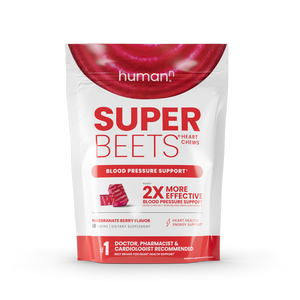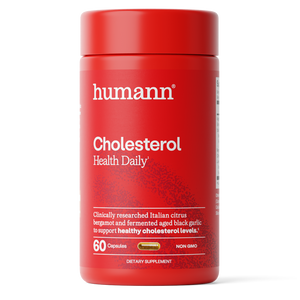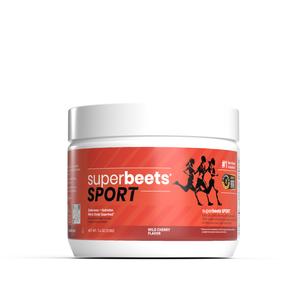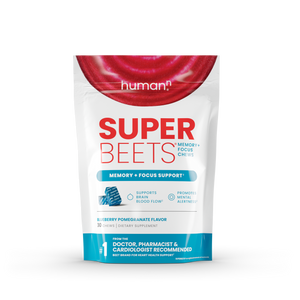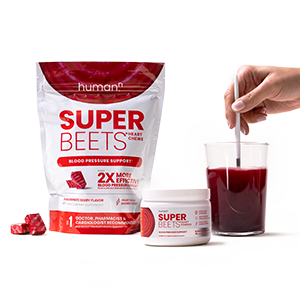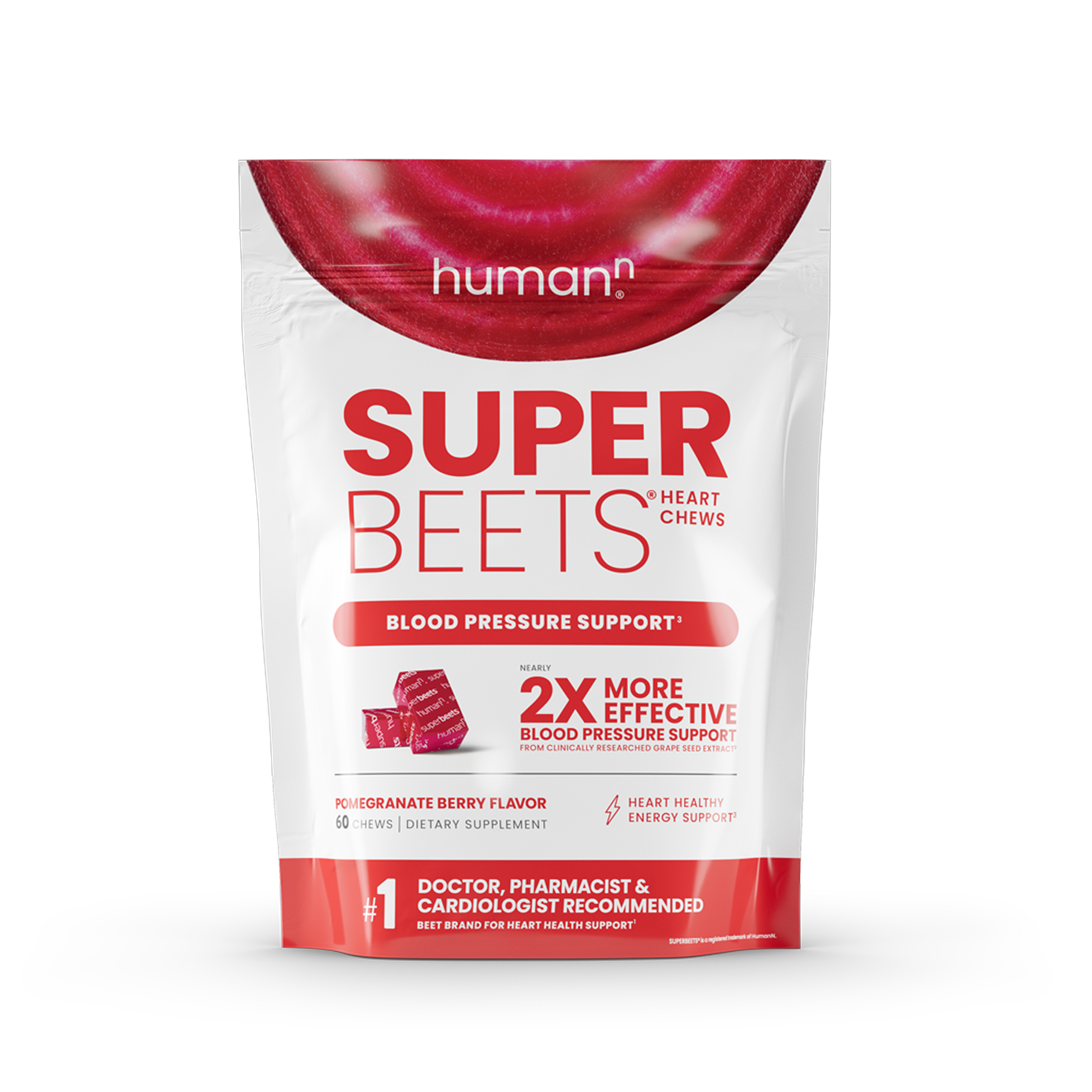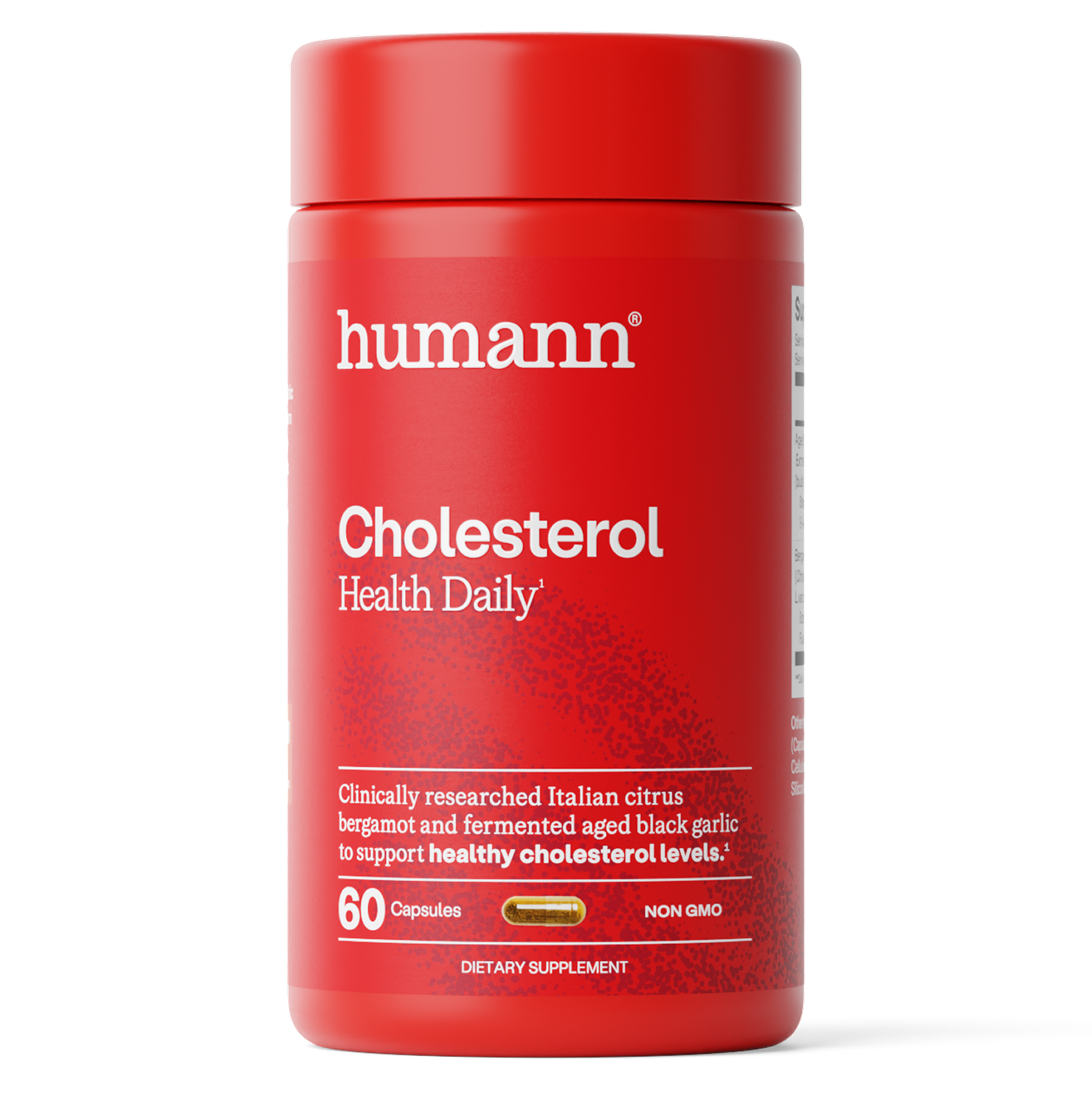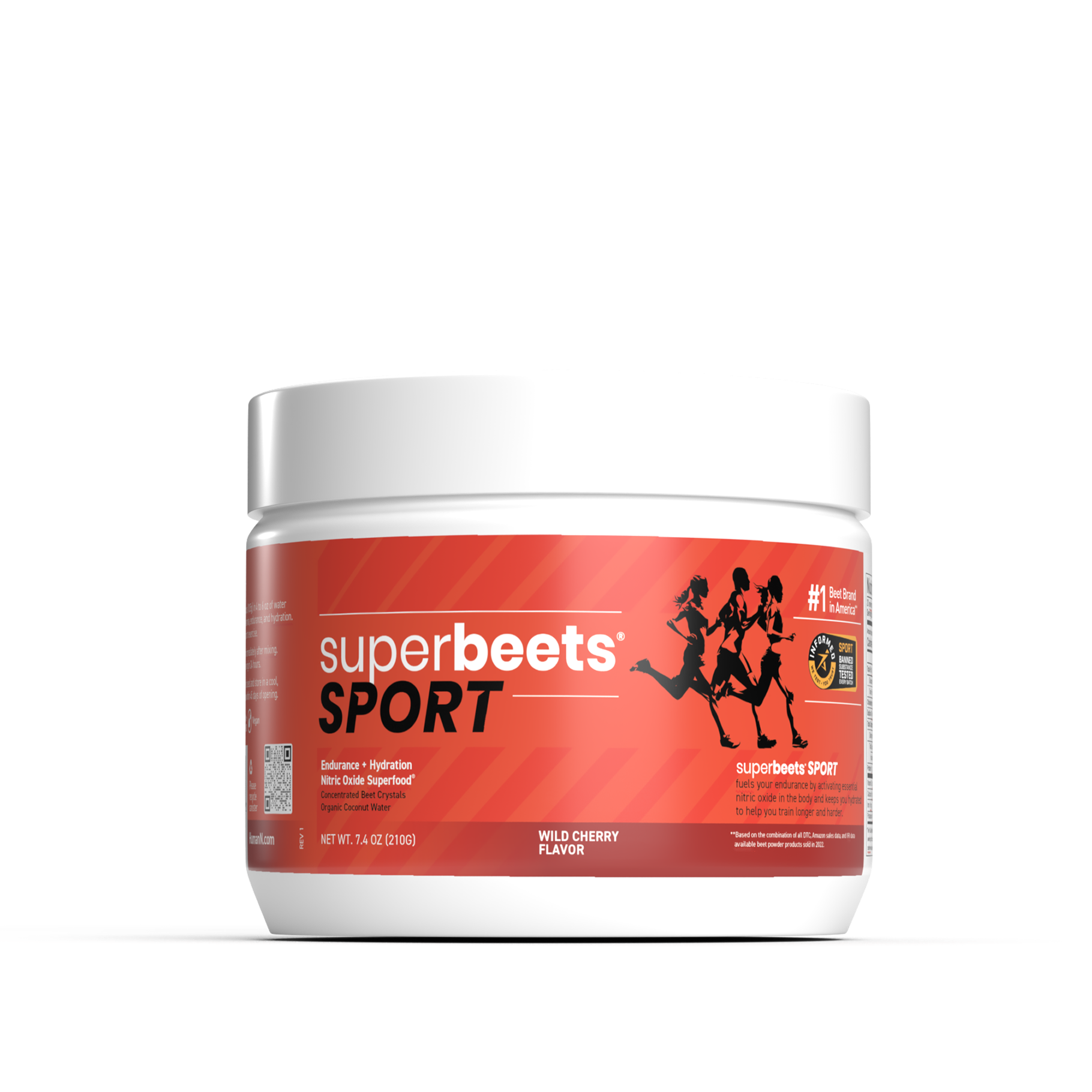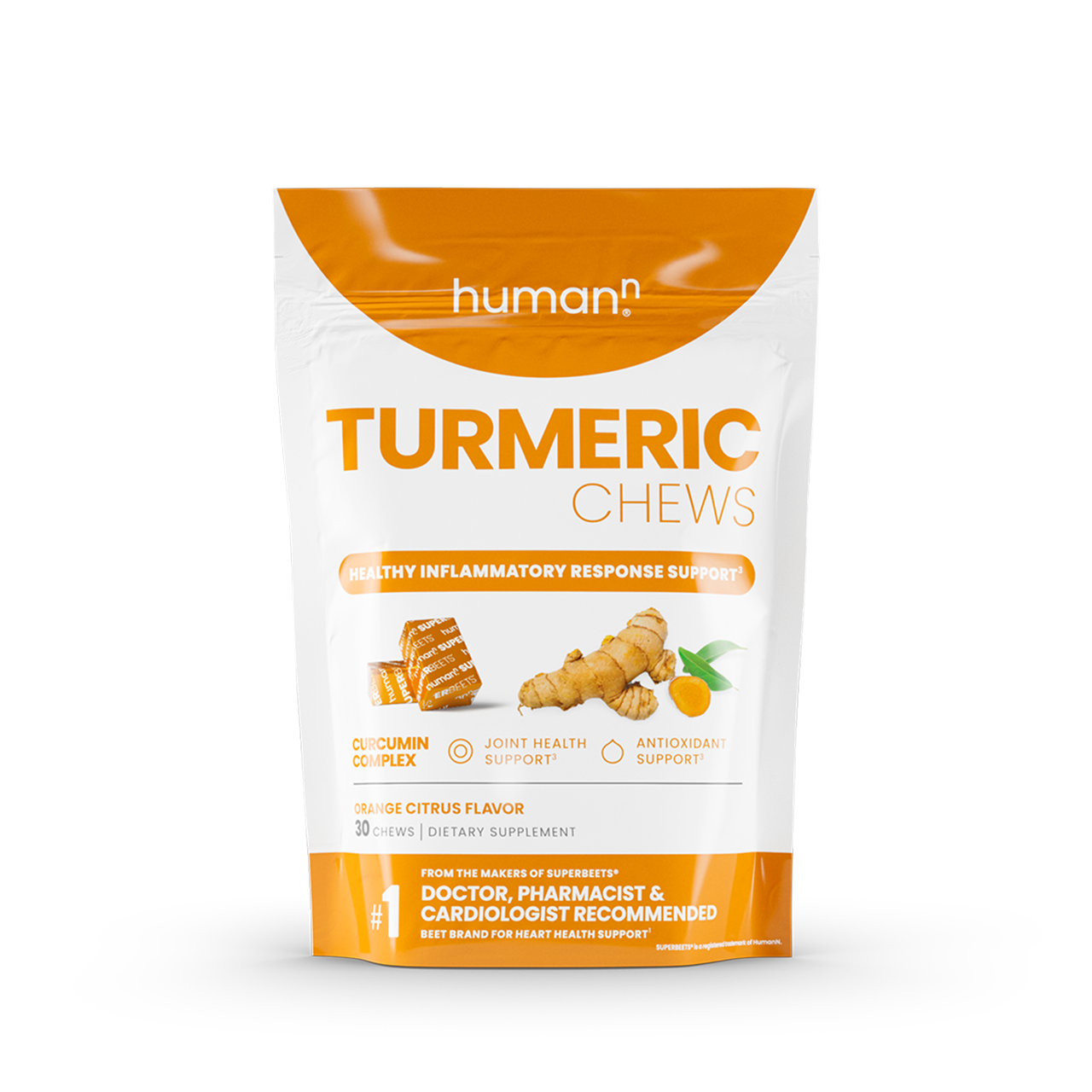If there is one factor that influences your body’s ability to move and perform well, it’s your cardiorespiratory endurance.
Cardiorespiratory endurance is vital to your overall health. The term refers to the way the heart, lungs, and muscles work as a whole during exercise.
Your level of cardiorespiratory endurance is also an effective indicator of how healthy you are in general.
So how can you pump up your health and fitness by improving endurance?
For starters, the ACSM (American College of Sports Medicine) and the Center For Disease Control (CDC) agree that a good target for healthy adults is 30 minutes, five days a week.
All exercise contributes to your overall health, such as decreased fat mass, more energy, and better quality of life.
That’s why we’ve compiled eight amazing exercises to target your cardiorespiratory endurance!
Why should you improve cardiorespiratory endurance?
What is cardiorespiratory endurance?
Cardiorespiratory endurance refers to how well your heart and lungs works with your muscles. Everyone can benefit from improving their cardiorespiratory endurance.
In other words, it is how efficiently your heart (cardiovascular system) can pump the oxygen from your lungs (respiratory system) through your blood vessels (circulatory system) and to your muscles.
This requires your heart to be strong, your lungs to be healthy, and your muscles to be active on a daily basis.
Cardiorespiratory endurance goes beyond cardiovascular fitness and muscular endurance. The cardiorespiratory system refers to how the heart, blood vessels, lungs, and muscles function together.
Benefits to Improving Your Endurance
When you improve your cardiorespiratory endurance, health benefits follow — and science backs it up.
Research indicates poor cardiorespiratory fitness contributes to heart disease. Studies support that cardiorespiratory exercises decrease the risk of heart disease.
Low fitness is a leading cause of natural death. Even smokers and those with high cholesterol can have overall good health with cardiorespiratory endurance.
Some studies show cardiorespiratory fitness may fight off MS (metabolic syndrome).
A large 2019 clinical trial between 11 reputable universities and medical centers confirms that cardiorespiratory endurance reduces the risk of heart failure, in all people — no matter their body mass index.
Aerobic vs. Anaerobic Endurance
Aerobic exercise refers to physical activities which use up oxygen, as opposed to “anaerobic exercise,” which does not require oxygen.
Examples of aerobic exercise include:
- Running
- Brisk walking
- Swimming
- Biking
On the other hand, anaerobic exercises include weight lifting and sprints.
Aerobic fitness is important to every human being. Aerobic endurance is very closely related to cardiorespiratory endurance — often, the terms are used interchangeably.
Knowing what aerobic activity you should partake in to increase your aerobic capacity will help you come up with an effective exercise plan.
But you shouldn’t lay out a plan just yet to improve cardiorespiratory endurance. First, you need to know how strong your endurance is.

Cardiorespiratory Endurance Tests
To test your heart and lung endurance during aerobic exercise, you have the option of multiple cardiorespiratory tests.
METs (Metabolic Equivalents)
You may have pedaled away on an exercise bike before and seen “METs” as one of the stats on the screen. METs stands for metabolic equivalents.
METs measure how much energy you expend while exercising versus at rest. One MET is neutral, meaning it has no positive or negative impact on endurance. In general, to improve your endurance, you should regularly incorporate exercises that require two or more METs. For comparison, speed walking on a flat surface is equal to about 3.5 METs for a healthy person, while running a 4.5 minute mile is 23 METs.
Studies confirm that METs are important to measuring your cardiorespiratory fitness. These allow you (or your personal trainer) to calculate how many calories you can burn during specific activities when combined with your body weight and age.
VO₂ max
Sometimes written as VO2max, this refers to maximum oxygen uptake. Measuring the amount of oxygen uptake during aerobic exercise is the most precise method of measuring your cardiorespiratory endurance.
The higher your VO₂ max levels, the more efficiently your cardiorespiratory system is working.
VO₂ max tests often require administration by a hospital, clinic, or laboratory specialist. But there are also tests that an exercise specialist could give you in a gym environment.
Maximal Exercises
Maximal exercises are meant to push you to complete exhaustion — to the point where you cannot go on any longer. These high-intensity types of exercise let you know your VO₂ max levels, maximum heart rate, and therefore your cardiorespiratory endurance.
The PACER test is among the most popular maximal exercises. A type of beep test, PACER stands for Progressive Aerobic Cardiovascular Endurance Run. The PACER test is an effective estimator of cardiorespiratory fitness.
The PACER test has you run back and forth, 15 or 20 meters at a time, at increasing speeds. When you can no longer run the distance in time, you get an accurate measurement of your cardiorespiratory endurance.
Some of us are unable to push our bodies to the brink of physical exertion. There are also submaximal exercises that can measure your endurance without pushing you all the way.
Submaximal Exercises
A highly qualified fitness instructor can administer other cardiorespiratory tests. Submaximal refers to the fact that, in these tests, you don’t have to exert all-out effort. Though it is less precise than VO₂ max tests, submaximal exercises can provide helpful estimates.
If you are in shape, you have more choices on which test you and your fitness instructor can employ. Submaximal exercises are also useful for nursing injuries or sensitive joints or areas that could otherwise be injured with maximum effort.
The One-Mile Jog Test and Rockport Walk Test are easy measures of your cardiorespiratory endurance. Make sure to warm up and discuss your target heart rate with an exercise specialist.
The YMCA Cycle Test is another helpful submaximal test, but a fitness specialist should administer the test. The test requires precise procedures and specific equipment, like a cycle ergometer.
If you live a more sedentary lifestyle, you could do a moderate-intensity treadmill test, or the Cooper 1.5-mile walk-run test.
The Rockport Walk Test is still a good option in these cases because the pace is customized by your own body’s ability to move.
The Results of Your Cardiorespiratory Endurance Test
These tests and measurements should give you the following types of information:
- Heart rate during rest
- Resting blood pressure
- Heart rate during physical exertion
- VO₂ max levels
This information may help indicate your risk for heart disease, as poor results across these measurements indicates your heart health isn’t where it should be.
Using these figures, you and a healthcare provider or fitness specialist can devise the most optimum exercise program for you to improve cardiorespiratory fitness.
8 Best Exercises to Improve Cardiorespiratory Endurance
Regular exercise and healthy diet are important. But which exercises are best for your cardiorespiratory system? Fortunately, we compiled eight targeted physical activities to improve your cardiorespiratory endurance.
Decide which of the following exercises meets your fitness goals. Are you focusing on strength training, weight loss, or do you simply want to improve your overall cardiorespiratory endurance?
From more obvious exercises like running, to uncommon but easy exercises like hopping squat, here are the best cardiorespiratory endurance exercises you can do at home or around your neighborhood.
1. Running
Running is the universal exercise. Study after study shows the myriad benefits of running and jogging for an extended period of time.
So is it any surprise that running is first on this list?
Beyond cardiovascular endurance, running leads to reduced body weight. Other research indicates running improves mood and emotion.
You can even run in place. Alternate between lifting your knees as high as you can then bringing your feet behind you, like you are reaching for your glutes.
Brisk walking has also been linked to similar health benefits.
2. Swimming
The activity of swimming remains among the most popular physical activities in the world. It makes sense since swimming is a great and fun way to increase your cardiorespiratory fitness level.
Swimming is a largely aerobic exercise, with multiple health benefits. Swimming:
- Keeps the heart rate up
- Helps you maintain a healthy body weight
- Tones multiple muscle groups
- Relieves stress
- Improves coordination and flexibility
- Builds cardiorespiratory endurance
Research even suggests swimming can help with bone health, especially in men. Other studies seem to indicate its link to heart health.
Swimming is a fantastic physical activity with many benefits to your overall health — chief among them is cardiorespiratory endurance.
3. Biking
Also called cycling, biking is a popular worldwide physical activity. There are about one billion bicycles across the globe.
Riding a bike works many muscles, but its benefits to cardiorespiratory endurance are irrefutable. Biking is a cardio exercise that is often convenient and simple.
Biking is safer than driving. Mathematically the physical health benefits vastly outweigh the risk factors of biking, such as pollution inhalation and increased traffic accidents.
Biking is relatively inexpensive. Clinical trials show it is among the most convenient methods for cardiorespiratory exercise among the elderly.
Plus, many major cities now offer bike rentals for a low cost, so it may be a viable option for getting around town for less than you might spend to drive.
4. Burpees
There are also exercises you can do at home to improve your cardiorespiratory endurance. Burpees are a great example.
The humorous name came from the physiologist who developed the “burpee test”, named Dr. Royal Burpee.
The burpee is a simple and effective, aerobic exercise great for strength training. Here are the steps:
- Begin in standing position, feet shoulder-width apart.
- Descend into a squatting position, hands on the ground.
- Kick the feet back and line the legs up with the back. Keep your arms straight.
- Return the feet back in the squat position.
As you repeat these four steps, try to give one “beat” to each step. Make it rhythmic. (Here’s a video to show you what burpees should look like when performed properly.)
Burpees work almost all large-muscle groups in the body: legs, arms, chest, shoulders, lower back, and abdomen. This makes it a great measure for how efficiently your cardiorespiratory system can transport oxygen to all those muscle groups.

5. Jumping Jacks
Every kid in public school has had to do hundreds of jumping jacks — if not thousands. That’s because we have known jumping jacks are a great exercise for your heart and lungs for decades.
Called star jumps in the UK, jumping jacks are an easy way to strengthen your cardiorespiratory fitness.
- Start with feet together and arms at your side.
- Jump.
- When you land, spread your legs wide and touch your hands overhead.
- Jump again.
- When you land, return to your initial position. And repeat.
6. Hopping Squats
A great physical activity for cardiorespiratory fitness is the hopping squat. Your glutes and legs will quickly strengthen, along with your cardiorespiratory system.
The steps are simple but intense:
- Begin in a standing position, feet together.
- Jump your feet to the sides, wider than your hips.
- Squat.
- Jump your feet together, and return to a standing position.
You will feel the burn quickly. To increase difficulty as you build endurance, lower your squat.
Hopping squats are an easy way to employ high intensity interval training. HIIT, as it is abbreviated, has been shown to greatly decrease fat mass, improve cardiorespiratory fitness, and promote a healthy immune system.
If you have a high level of motivation, consider doing high-intensity hopping squats in quick intervals.
Because of the intensity, many experts recommend you not perform sets of hopping squats more than twice a week to avoid muscle fatigue.
7. Feet Together Side Hops
One of two main types of side hops, the feet-together side hops are working muscles like the calves, as well as the legs and hips. These can also be called standing side hops.
No equipment is necessary. Simply follow these two steps:
- Put your feet together — or hip-width apart if it helps with balance.
- Jump with both feet back and forth, in a fast, repetitive motion.
If you are looking to add some difficulty, place an item on the floor to jump over.
8. Feet Apart Side Hops
The other type of side of is feet-apart side hops. Feet-apart side hops provide a great source of cardiorespiratory endurance training. Here are the steps:
- Lower from a standing position into a squatting position.
- Step to the right as far as you can, while maintaining your squatting position.
- Bring your left foot over to your right foot.
- Step to the left as far as you can, while maintaining your squatting position.
- Bring your right foot over to your left foot.
As you repeat this fluid movement, make sure to stay in a squatting position the whole time.
To increase difficulty, lower your squat or go through the steps faster.
Clinical studies have shown that feet-apart side hops have even helped restore deteriorated knee joints. All of these exercises have health benefits besides cardiorespiratory fitness.
Other Exercises to Improve Cardiorespiratory Endurance
Other physical activities can achieve the same effect as those listed above. Here are some other exercises that can improve your cardiorespiratory endurance:
- Gymnastics
- Dancing
- Boxing
- Water aerobics
- Active sports
Household chores can also promote a healthy heart and lungs. Shoveling snow and raking leaves can your endurance. Even vacuuming for extended periods of time is a better cardiovascular exercise than sitting on the couch.
In Summary
- Cardiorespiratory endurance refers to how efficiently your heart and lungs work with your muscles.
- Research indicates that cardiorespiratory fitness decreases risk of heart disease, heart failure, and possibly even MS.
- First, you want to test your cardiorespiratory endurance. There are maximal and submaximal tests, which are best administered with a physician or exercise specialist.
- Then, with your physician or exercise specialist, you want to create an exercise plan that is right for you.
- This exercise plan may include great cardiorespiratory exercises like running, swimming, biking, jumping jacks, side hops, and burpees.
